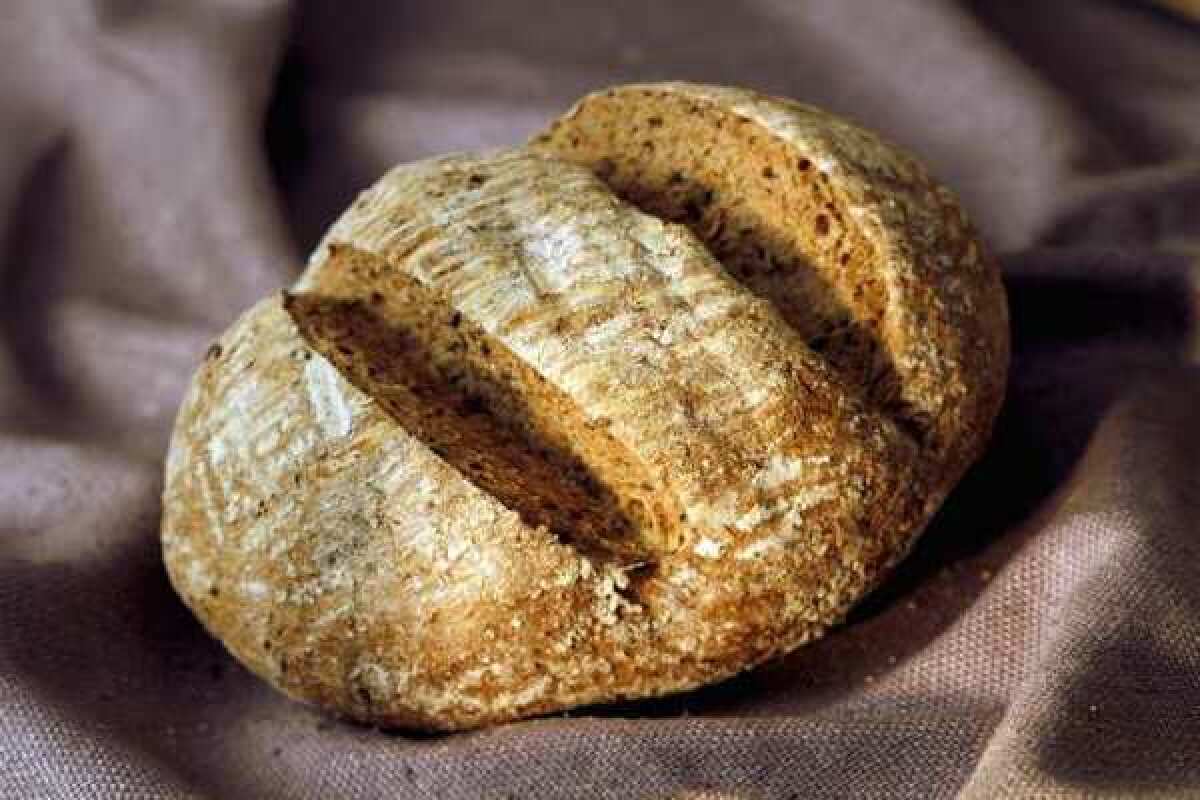A calorie isn’t a calorie: What one man learned from diet study

- Share via
Researchers who study nutrition say it’s hard to complete studies like the one published earlier this week in the Journal of the American Medical Assn., which showed that, after weight loss, dieters’ metabolism slowed more when they ate a low-fat, high-carbohydrate weight maintenance plan than it did when they stuck to a low-glycemic index plan or, especially, a low-carb plan (see a link to our story on the research in the related items at left).
One reason why it’s so hard? Because it can be tricky making sure people stick to what can be very restrictive diets.
The JAMA study kept dieters honest by providing all of their meals and hospitalizing them for several days to take needed measurements. Michael Rogers, a research scientist at Children’s Hospital in Boston who was one of the participants in the experiment, lost around 40 pounds during the study — and, by following the lessons he learned through the process, has kept the weight off. But even he found the process challenging at times, he said.
First, there was the hurdle of getting started. Rogers saw a flier seeking subjects for the study months before he got in touch with the scientists running the study, he said. The screening process was rigorous too, involving poking and prodding, and extensive interviews intended “to make sure you’ll be a good guinea pig.”
Then there was the food itself. Monday through Friday, Rogers reported to the study site, which was up the street from his own laboratory, to eat lunch and pick up a bag containing his dinner, a snack for the evening and breakfast for the next morning. Weekend meals were provided in bags distributed on Thursdays and Fridays.
“Sometimes the food was pretty good, and sometimes it was awful,” he said. It took a while to get used to how little salt was in the prepared food — the researchers kept sodium to a minimum to make sure dieters’ weight loss didn’t come only from shedding retained water.
“Thelow-fat dietwas one I would never want to do again,” he said, remembering the gnawing hunger he felt after a meal that included a heaping portion of mashed potatoes with very little salt and no butter. “You would think that would be a ton of food, but I was hungry an hour later. Probably because you metabolize it so fast. There was no fat in there. You eat it, you metabolize it, you’re done, then you’re hungry again.”
Rogers wasn’t hungry on the low-carb diet, but he “had dreams about pizza and pasta.” He felt best on the low-glycemic index diet, he said, which was heavy on complex carbs like fruits, vegetables and whole grains — a variety of foods that matched what he had eaten growing up, he added.
“I learned a ton by being on those diets,” Rogers said. Now he’s added steel-cut oats and brown rice to his regular diet. His wife, an enthusiastic baker, is grinding her own whole wheat flour and using it to make bread for the whole family. He’s learned to be consistent and not to get derailed by small fluctuations in his weight that might result from too much salt or other factors in his eating.
“I am much more aware of how long food will stick with me,” he said. “For maintaining weight, learning those things has made a huge difference.”







